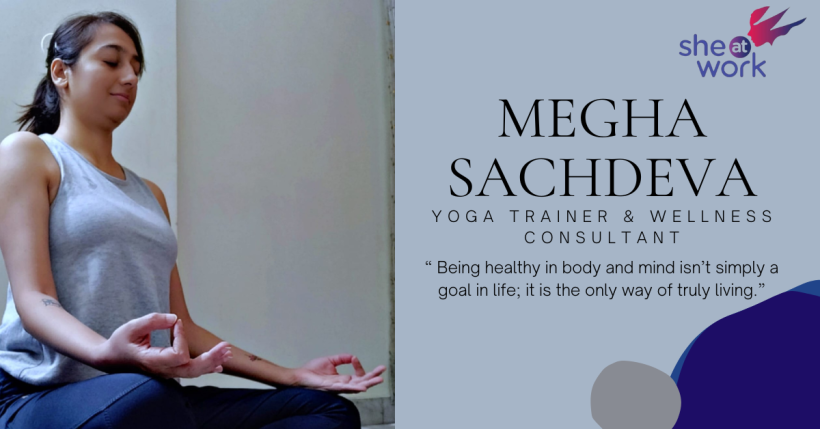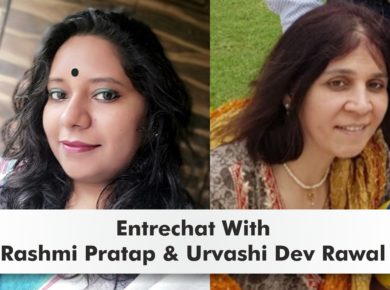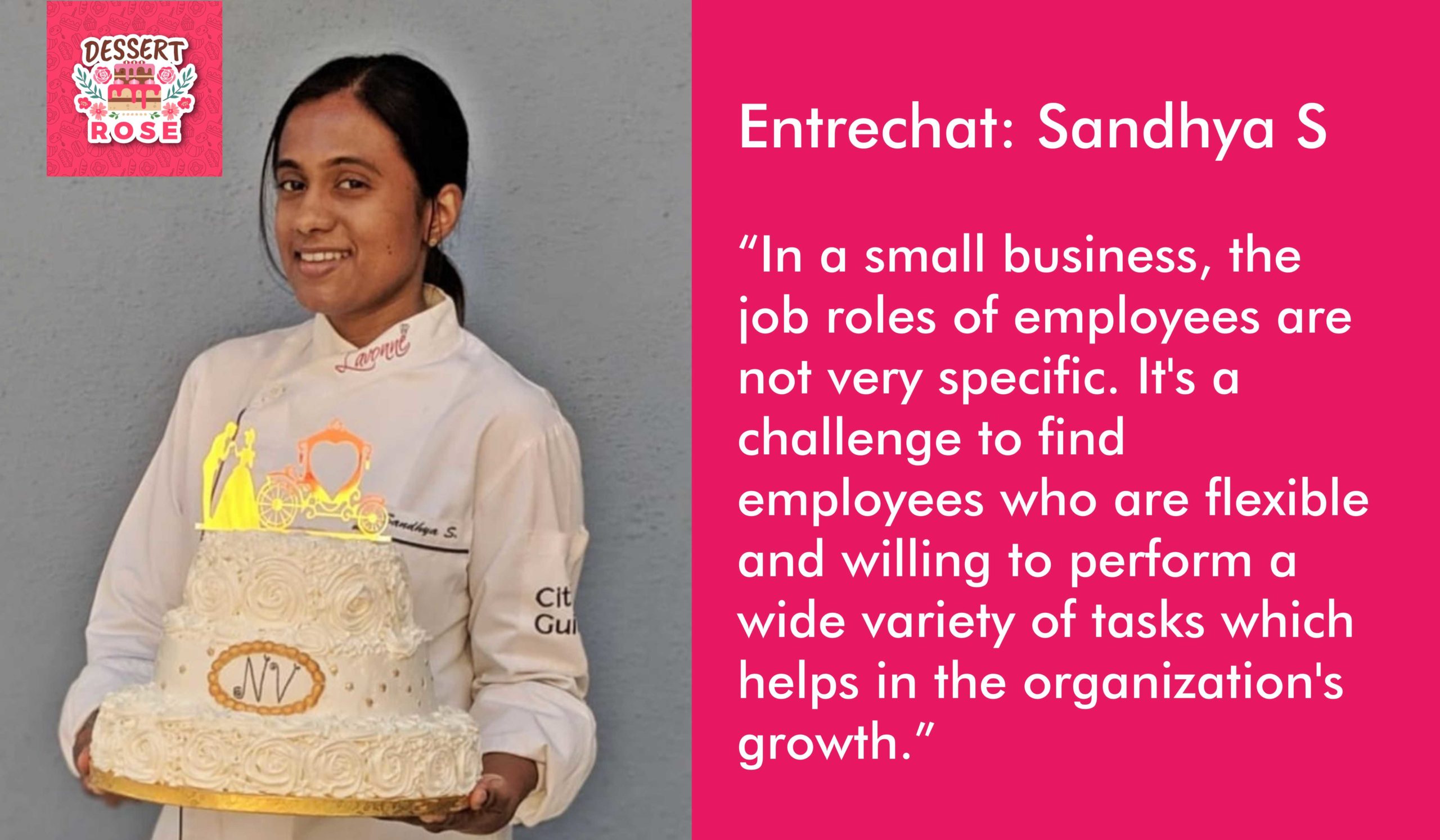Yoga is essentially a spiritual discipline based on an extremely subtle science, which focuses on bringing harmony between mind and body. It helps in striking a fine balance between the art and science of healthy living. In fact, if we peep into the benefits of yoga, they are numerous. It improves physical fitness, maintains general well-being, mental clarity and greater self-understanding as well! Apart from these when people actively seek to reduce the stress in their lives by consoling the mind, yoga has time and again been their go-to tool. Also, through yog-aasanas, the body often works to heal itself. In this sense yoga can be seen not only as a way to get into shape on several levels, but also as a tool for self-healing.
Recent events have re-awakened mankind toward the value of remaining healthy, both, in body and mind. Fortunately, now, society is welcoming the benefits of yoga more willingly than ever before. Hence, today, on June 21 st , celebrated as International Day of Yoga, Team SheAtWork links you to Megha Sachdeva, who partnered with Sumit Sapru to found YOGSATTVA in 2017. The set-up was launched with the vision of helping people find a way to connect with their inner energies and incorporate yoga into their regular wellness routines, to experience holistic wellness.
Quote – “Being healthy in body and mind isn’t simply a goal in life; it is the only way of truly living.”
Ques. You are a communication specialist. What inspired you to embark on this fitness/wellness journey?
Ans. My journey towards wellness started as a process of my self-healing. Never in my wildest dreams did I imagine that one day I would take up Yoga as a profession. I would rather say that more than me choosing this path, Yoga chose me. I was suffering from certain gastronomical issues since few years, which finally got diagnosed as IBS (irritable bowel syndrome) in 2010. IBS is a chronic gastrointestinal ailment and mainly caused by erratic lifestyle, poor diet and sleep pattern and stress. Like any other lifestyle disease, unfortunately, there is hardly any long-term medical cure for this ailment and I somehow was trying to manage it through temporary medical reliefs. However, any stressful situation, whether work related or otherwise, would result in flaring up my IBS and make it more tough to deal with the task at hand. On top of it all, I was diagnosed with ovarian cysts twice between 2011-2015 and got it surgically removed both the times.
All of it together started affecting my overall health as there was constant physical discomfort along with mental distress. That is when, a gynaecologist advised me to start practicing yoga and meditation as an alternative healing therapy and I started looking out for trainers specialising in therapeutic yoga. It was as if a sort of manifestation or divine intervention, one fine day, a friend of mine who was clueless about my ill health and my search for a yoga instructor, gifted me a book called Light on Yoga by BKS Iyengar (Guruji). After finishing the book, I was heavily inspired not only by Guruji’s scientific approach towards therapy yoga but also by his own life journey. In 1920’s during his own childhood, he had suffered from malnutrition, typhoid, malaria and TB. During his teenage years, he decided to learn yoga and with persistence and perseverance, he not only overcame his own sufferings but also became a worldwide exponent of yoga. He taught yoga until his death at the age of 95. In 2015/16, I decided to take a sabbatical to focus on my health and forayed into yoga with the sole purpose of self-healing and improving my mental and physical wellness.
Ques. Did you face any challenges while setting up your business?
Initially, it was never the intention to take up yoga as a profession, everything transpired organically. After a year of yoga practice, regulating my diet and being more mindful, there was significant improvement in my health. Gradually, friends and family started approaching me for tips & sessions, of course free of cost, but that helped in enhancing my ability to teach and fuelled my confidence.
Around 2017, I started conducting classes at home for kids and female students with a minimal fee and our living room became my studio. In 2018, I decided to take up yoga as a full-time profession and partnered with Sumit Sapru, a senior Iyengar Yoga teacher & joined Yogsattva. When we decided to expand, there were few challenges around the corner:
> Studio within a budget: since most of the investments & expenses were self-funded, it was really difficult to expand into a bigger studio space at a location of our choice within our budget. So, we decided to refurbished & extend our existing studio, invested in yoga properties & applicable technology.
> Maintaining cash flow: when we started out, it took a little more time than usual for us to find a balance between maintaining a positive cash flow & being socially responsible. Our idea was to make the community grow initially & we had to negotiate on our operational side of business.
> Offline marketing: it was a major challenge managing marketing the traditional way, we invested heavily on posters, pamphlets, brochures, merchandise etc. However, the response we received was not what we had hoped for.
Ques. Have you noticed any changes in people’s attitude toward yoga and ayurveda from the time you started until now?
Ans. When I started learning Yoga, I observed there was a modest divide in people’s attitude towards Yoga & Ayurveda. There was one section of people who thought of it as aspirational but not accessible or workable, a practice which is difficult to follow and adopt as a regular wellness routine. Their thoughts were clouded with apprehensions such as, one needs to have a certain body type to practice yoga, should be flexible enough to do asanas or sit still for long hours to meditate, which is practically not possible. Similarly with regards to Ayurveda, they had opinions like following such a dietary plan or routine is not practical as it does not merge well with contemporary lifestyle.
Then there was another section of people with completely opposing views thinking of Yoga as an alternate to other physical workout regimes. They considered yoga as a new & upcoming trend to lose weight or tone muscles. Due to lack of awareness, they hardly realised that Yoga and Ayurveda is an approach or a process that one can adopt step by step.
Post pandemic, with consistent efforts and initiatives by the current Government and Ayush Ministry, people have gradually started realising the benefits of yoga and ayurveda, which is beyond just body.
If you are consistent with your practice, your body would definitely gain flexibility & musculoskeletal strength & you would be able to sit still for meditation. Our whole effort as teachers is to have a scientific & focused approach to improve the overall quality of life, including healthier lifestyle, better physiological function, coupled with strong sense of mental clarity & strength.
Ques. What do you feel was the impact of the pandemic on the fitness and wellness arena?
Ans. The pandemic and the consequent lockdown put a tremendous pressure on people’s physical and mental health. There was a sudden shift in the attitude of people towards health and wellness. They realised health is something beyond a fit body. It is much deeper, comprising of a healthy immune system, seamless breath work, functional vital organs and a balanced/peaceful mind. Our traditional integrative system of Yoga and Ayurveda had a positive impact on collective well-being during the pandemic. Many people turned to yoga for a healthy body and a calm mind. Due to movement restrictions, we started conducting classes online for our existing students but to our surprise, lot of new students, some who had never ventured into yoga or ayurveda before, joined our sessions, pan India, and the US; and they are still continuing with the sessions.
Ques. Where do you see yourself five years down the line?
Ans. 5 years down the line, I would love to see myself continuing to teach yoga and simultaneously remain a student of Yoga for life. I would be still be learning & evolving myself with the science of yoga & ayurveda as it is such a deep rooted & vast subject.
To be more specific, in the coming years, I would like to focus my energies towards the wellness of 2 sections of the society – women & children. My aim is to create awareness to prioritize women’s healthcare, which generally gets neglected. Children are the building blocks of the future, and by introducing them to yoga from an early age, we can build a different generation altogether, who would be more persevered, disciplined &focused.
Yoga & ayurveda are holistic science about human beings, I would also like to work towards building & expanding our yoga community and share its knowledge, philosophy as well as functionality, vehemently.
Ques. Can you share 5 yoga asanas which are an imperative for ensuring wellness of women, especially women entrepreneurs?
Yoga is a blessing for women especially who are trying their best to keep up with their personal and professional commitments. It is imperative for women to have an integrative approach of practicing yogasana, meditation & have a balanced diet. Few asanas that I would recommend for today’s women would be:
> Suryanamaskar: Start your day with at least 6 rounds of Suryanamaskar, which not only is a great stretching & warmup exercise but also helps you to maintain your energy levels throughout the day. Do remember, if you feel exhausted while doing it, stop & lie down, regain your breath & try doing it again.
> Treepose or Vrikshasana: It is a balancing pose and will help you achieve stable mind & body & help in managing hormonal imbalance. Initially try to maintain the pose for 2-3 minutes & you can take the support of a wall.
> Child pose or Shishuasana: Child pose gives you an instant relief from stress and hence highly helpful to manage stressful conditions in personal or professional life. It is a beautiful calming pose that throws away all unwanted thoughts & helps you focus on things that matter at the moment.
> Butterfly pose or Badhkonasana: This pose does wonders for women suffering from any gynaecological condition & improves the health of reproductive & digestive organs. Even after long hours of standing or sitting, it releases tension from pelvic area, inner thighs & knees.
> Mindful breathing & meditation: The practice of asanas should always be concluded with pranayama & meditation. Beginners can either lie down or sit in a comfortable position & be mindful of their breathing. By observing your breath, your nervous system will be calm and you will feel more composed.
It is always advisable to practice yogasana in a calm & quiet environment with a relaxed body and under the guidance of an instructor to maximize the benefits & avoid injuries.










